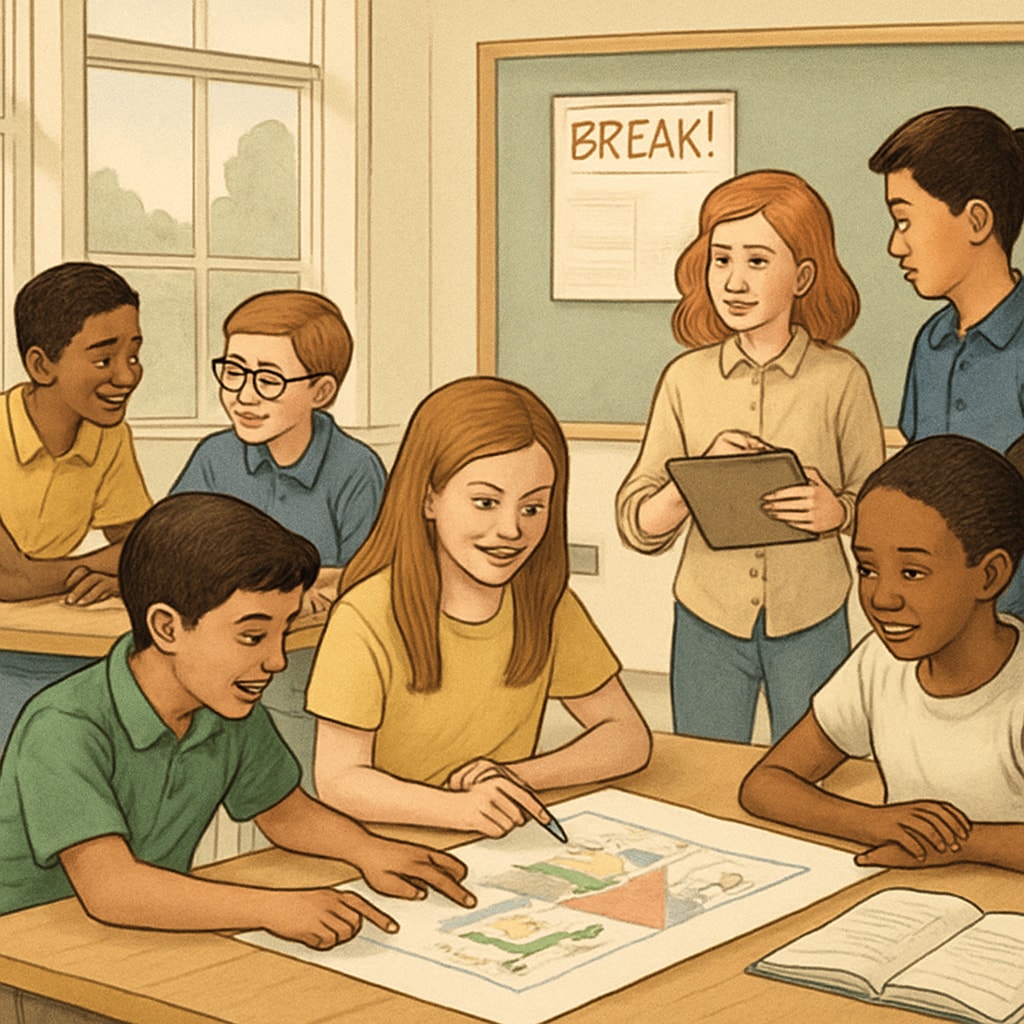The debate between year-round schools and traditional long summer vacation continues to grow as educators and parents seek solutions to the “summer learning slide.” This phenomenon refers to the knowledge loss students often experience during extended breaks, which can hinder academic progress. Year-round school models, offering alternatives such as “one week on, one week off,” aim to maintain learning continuity, improve knowledge retention, and address educational inequities between families with varying resources.
The Problem with Long Summer Vacations
Traditional school systems often include a lengthy summer break, typically lasting 8 to 12 weeks. While the break allows for relaxation and family bonding, research shows significant drawbacks in terms of academic achievement. According to studies from Britannica, students lose about one month of learning—particularly in math and reading—during summer vacation. This effect is more pronounced for students from low-income families, who may lack access to educational resources like books, tutors, or enrichment programs.

Moreover, teachers often spend the first few weeks of the fall semester reviewing previously covered material to compensate for this loss. As a result, nearly 20% of the school year is devoted to reteaching content, reducing the time available for new learning opportunities.
Year-Round Schools: A Solution to Learning Loss
Year-round schools, which operate on alternative schedules such as 45 days of instruction followed by a 15-day break or “one week on, one week off,” offer a compelling solution. By distributing breaks more evenly throughout the year, these models significantly reduce the gap between learning periods, mitigating the effects of the “summer learning slide.”
In addition to academic benefits, year-round schools offer the following advantages:
- Improved Knowledge Retention: Shorter breaks help students retain information, reducing the need for extensive review sessions.
- Better Use of Resources: Schools can optimize facilities and staff year-round, rather than leaving them idle during long vacations.
- Educational Equity: Families with limited access to summer enrichment programs benefit from consistent learning opportunities throughout the year.
However, implementing year-round schools requires careful planning. Some parents and educators express concerns about disrupting traditional family schedules, limiting summer travel, or adjusting extracurricular activities to fit new calendars.

Comparing Models: Traditional vs. Year-Round Schools
When evaluating the effectiveness of year-round schools, it is essential to consider various factors:
- Learning Continuity: Year-round schools provide consistent opportunities for academic engagement, whereas traditional models have long gaps.
- Stress Management: Frequent, shorter breaks in year-round schools allow students and teachers to recharge without the extended academic hiatus of traditional systems.
- Community Alignment: Traditional schedules align with cultural norms, summer camps, and seasonal employment opportunities, which may need adjustment under year-round models.
Despite these challenges, successful year-round school programs have been implemented in several regions, as highlighted in Wikipedia’s article on year-round schools. These programs demonstrate improved academic performance and student satisfaction, supporting the feasibility of alternative models.
Conclusion: Is Year-Round School the Future?
The debate over year-round schools versus traditional long summer breaks reflects broader concerns about learning retention, educational equity, and cultural adaptability. While year-round schools offer promising solutions to the “summer learning slide,” their implementation depends on balancing academic benefits with logistical challenges. As education continues to evolve, adopting flexible, research-backed models may pave the way for a more effective and equitable system.
Ultimately, the question remains: can year-round schools truly end the “summer learning slide”? Only time and continued experimentation will tell.


